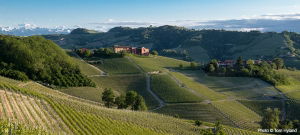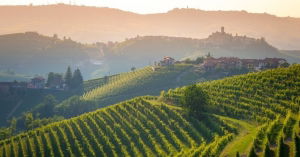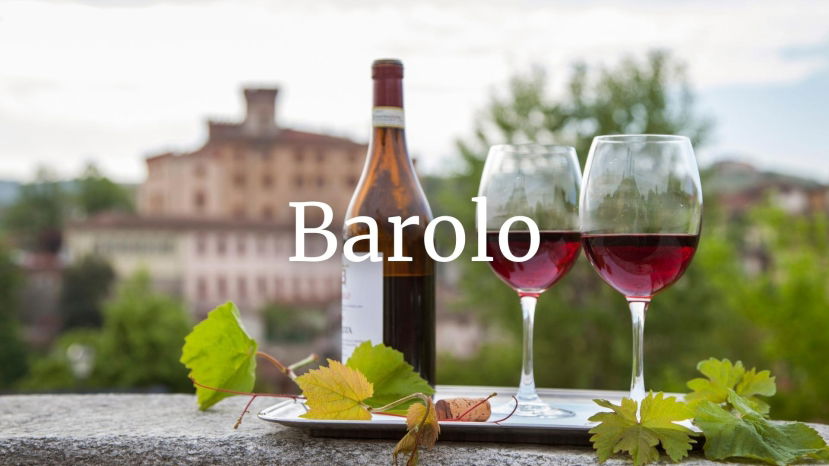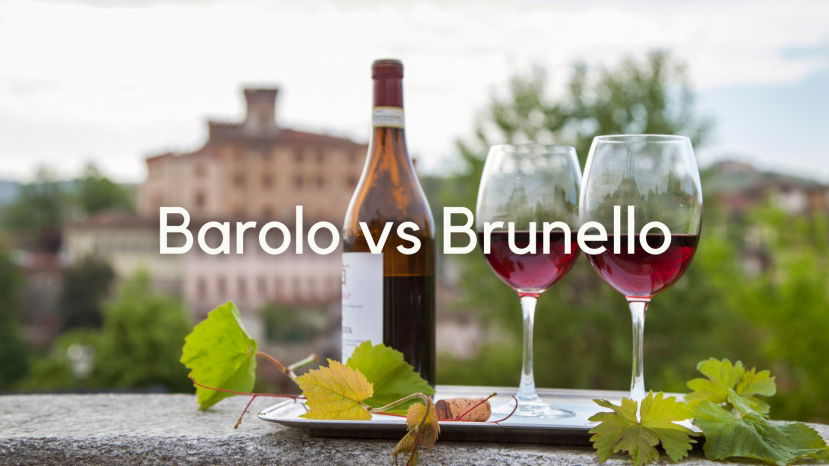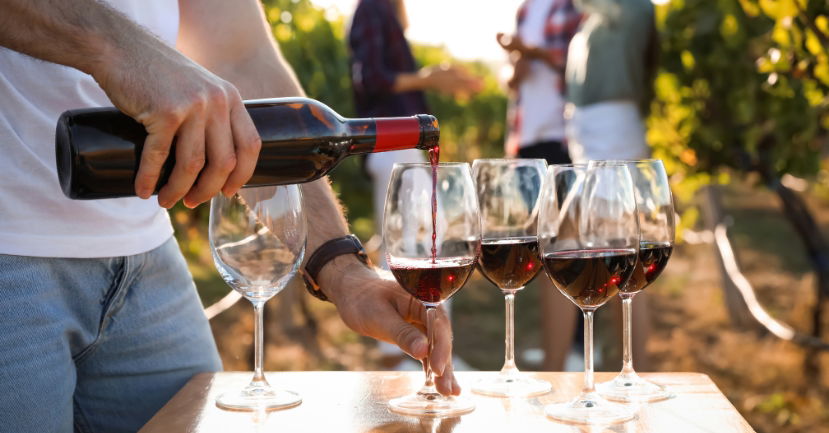BLOG
Barolo
This article has been published in partnership with World of Fine Wine and Wine Scholar Guild.
A topsy-turvy 2019 Barolo growing season set many challenges for growers who produced wines that are classical in structure, with firm tannins and high acidity but less of the density and richness of recent warmer years, says Andrew Jefford, who was joined by Bruno Besa and Michael Palij MW.
Thanks to a string of successful vintages, there has been a great deal of recent publicity regarding Barolo and Barbaresco wines.
Produced entirely from Nebbiolo, these two iconic wines have changed in style over the past 20-30 years; where once, the wines were reserved upon release, today, the wines are riper and more forward. This is largely due to climate change, as warmer temperatures throughout the growing season have necessitated Nebbiolo harvests some two to three weeks earlier these days than in the 1980s, ‘70s and prior; while late October to early November was normal for a Nebbiolo harvest thirty and forty years ago, today, harvest is more typically in early-mid October.
Apart from the Côte d’Or in Burgundy, perhaps no other wine territory has been dissected in greater detail than the Barolo zone. This makes perfect sense, as these are arguably the two most ideal representations of the concept of terroir; just as Pinot Noir from one village in Burgundy reveals different flavors than that of another nearby hamlet, so too offerings of Barolo from various communes often display diverse characteristics, despite the fact that every wine here is made exclusively from Nebbiolo.
There are 11 approved communes in the Barolo production zone. For this article, we will deal primarily with the five largest: La Morra, Serralunga d’Alba, Monforte d’Alba, Castiglione Falletto and Barolo itself. The remaining six are Cherasco, Diano d’Alba (interestingly, planted more to Dolcetto than Nebbiolo), Grinzane Cavour, Roddi, Verduno and Novello; these last two are home to two of the most in-demand vineyards in the entire zone: Monvigliero in Verduno and Ravera in Novello.
Summary:
The most celebrated examples of Barolo are among the finest examples of terroir anywhere in the wine world. Thanks to soil formations from millions of years ago, along with climatic conditions, Barolos from various communes can often vary greatly in style. Yet beyond the terroir of site-specific, there is also a human terroir at work, as enologists employ different techniques in their cellars.
Wine professionals and consumers share a similar aspiration when they visit a wine region; they want to enjoy the area’s best dining experiences so they can pair their favorite local wines with the territory’s typical food offerings.
While commonplace throughout Italy, this situation is nowhere more prominent than in Piedmont, especially in the region’s southern Langhe district. Lunch or dinner in the Barolo and Barbaresco production zones here is more than a simple pleasure; this is wine, and food pairing elevated to an art form.
How to Watch
You can watch this 2-part series on our community platform here
Summary
What is modern Barolo? In this fascinating deep-dive, Piemonte specialist Nelson Pari joins us in the WSG studio to answer exactly that — and the answer might surprise you. From the
Summary:
When the humble, yet masterful British wine writer Harry Waugh was asked, when was the last time he had confused Bordeaux and Burgundy, he famously replied, “not since lunch.”
Ask a 21st century American wine scholar that question about Barolo and Brunello, and they may well respond “not since the last blind tasting.”
This Italian conundrum
The best way to make sense of Italian red wines is to simply start tasting them. Italy offers the perfect red wine for every occasion—from pizza on Monday to roast beef with the in-laws on Sunday.
Many of Italy's best red wines are labeled with the name of the wine appellation, often combined with the grape variety. If you've ever felt wholly overwhelmed while browsing an Italian wine section, knowing just a few key wine names will help keep your shopping trip focused and ensure that you have the perfect wine to drink at a moment's notice.
Italian reds have become famous all over the world, characterized by their intense structures, rich perfumes and distinctive personalities, often derived from the peninsula’s characterful native grape varieties.
Summary:
As Hugh Johnson first grasped in the late 1960s, there is no greater tool to wine understanding than fine cartography: the chance to read a landscape from a single sheet of paper. More and more wine regions around the world, moreover, are now refining the manner in which both growers and producers are able to express terroir via geological and topographical surveys, and high-quality mapping is an essential adjunct


